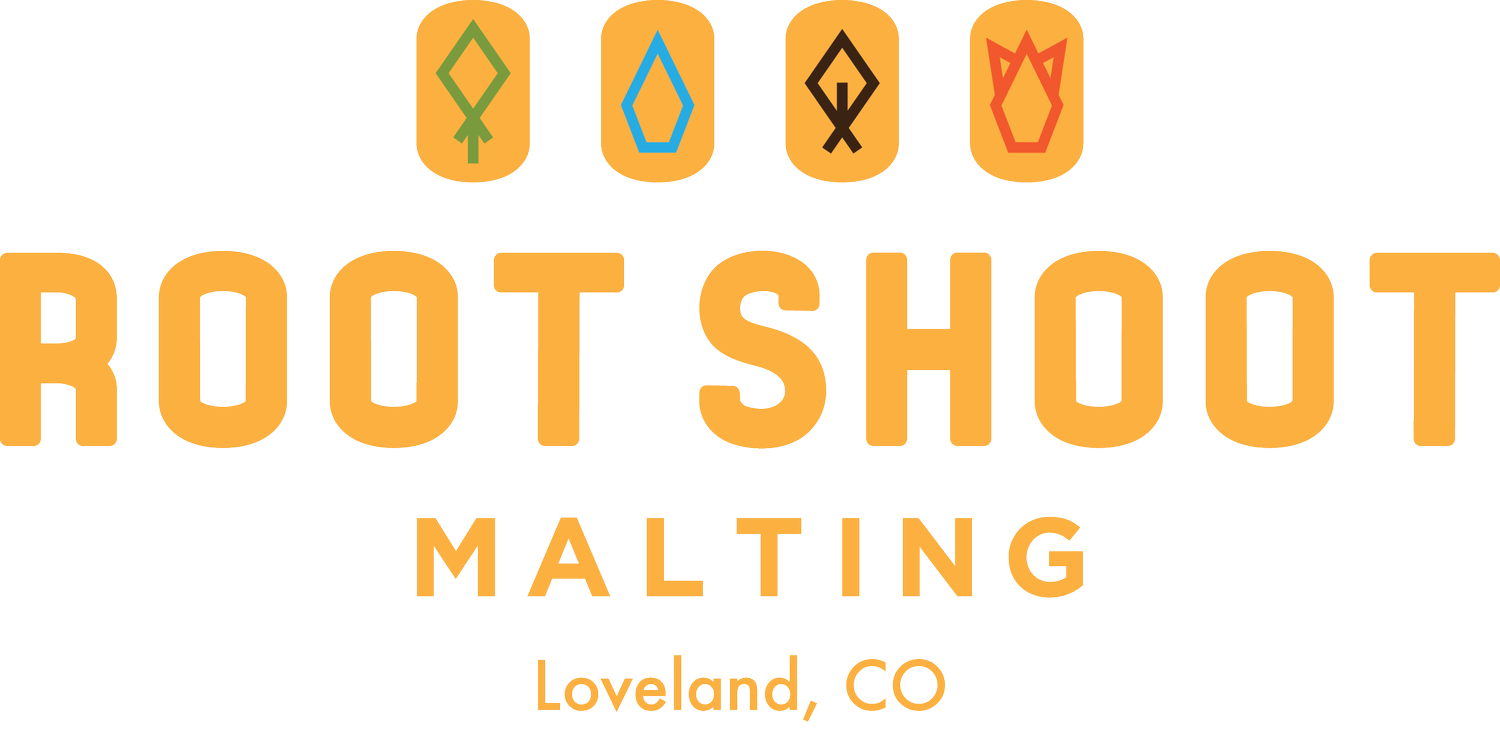A few weeks ago, we did a post on the newest grain trial we’ve got growing on the farm: a small, seven-acre patch of Kernza, an exciting grain project from The Land Institute out of Kansas.
Now that the seed is sprouting and things are greening up, we wanted to take a bit of a deeper dive into these trial acres we’ve planted. What the heck is Kernza anyway, and why bother trying something that’s still just in the development phases?
What is Kernza, anyway?
Kernza is the trademark name for the grain from an intermediate wheatgrass being developed by The Land Institute out of Kansas.
That’s a real mouthful. And if you’re thinking, “Well, what the heck is an intermediate wheatgrass, anyway?” we’ve got you covered.
It’s a perennial, sod-forming grass. And grasses - even the sod in your lawn, if not mowed - produce seed. The goal with Kernza is to produce a seed large enough to be used as a common grain, just like wheat, barley, or corn. The real key with Kernza though, is its perennial nature. Once planted, it comes back on its own year after year which, potentially, could provide a whole host of benefits for farmers, ranchers, and the environment.
Let’s start with soil…
Back in the pre-western expansion days of the prairie, before the land was tilled up to become the “breadbasket of America,” a complex system of grasses and some shrubs dug their deep roots into the soil. This provided a rich ecological environment in what, at first glance, might appear to be an open, almost barren (except for those grasses) expanse. Those deep roots prevented erosion, encouraged rich soil microbiology, and provided resilience for the prairies after a fire. We also now know they pulled carbon into the soil. Above ground, they fostered grasslands teeming with critters and wildlife including, of course, millions of buffalo.
When those perennial grasslands were tilled up to plant annual grains, all sorts of unintended consequences followed: soil exposure to the elements, erosion, the release of large amounts of carbon into the atmosphere, decreased plant diversity, and decreased wildlife diversity to name only a few.
But what if we could change that, even a little?
By working to develop a perennial grain that could be viable from a commodity standpoint, what if we could turn back some of the unintended consequences? And what if it could benefit farmers? A perennial grain could…
Reduce, or even eliminate tillage, which not only reduces carbon released into the atmosphere, but also the amount of fuel, labor, and expense for farmers.
Reduce the need for farmers to purchase new seed annually. Once a field were planted, it would produce indefinitely.
Serve multiple functions: in addition to producing grain, Kernza stems and leaves can be grazed by cattle, allowing for pastured beef and hooves on the fields, a symbiotic relationship of perennial grass and grazing animals that goes back millennia.
Just this short list of changes could have great impact, and there exists even more possibility: Kernza produces more seeds than wheat, it’s lower in gluten than wheat, and high in antioxidants, and fiber. It’s quite healthy.
But it’s not there, yet.
As great as it all sounds, developing a new grain isn’t easy. For it to be truly viable, it needs to have crop yields similar to those of other grains - and there’s a whole host of factors that farmers have to consider that most folks just munching on a loaf of bread wouldn’t realize goes into that loaf. Grains have to resist lodging (falling over) so that they can be harvested. The seed size has to work for farm equipment, the seed heads can’t shatter too easily, or too much grain is lost, and the grain quality has to be consistent.
It’s a tricky process, for sure.
But difficult things are often the things most worth doing, and to have any hope of getting them done, sometimes you just have to…
…try.
So we’ve planted this initial seven acres of Kernza and we’re going to see what comes of it. Certainly, we will learn a lot. Possibly, we’ll get some really unique grain out of it.
And ideally - hopefully - we’ll be able to do a little good.
Cheers to difficult things.







